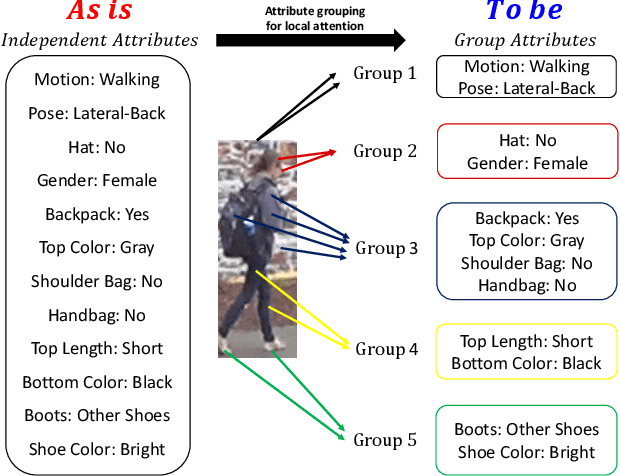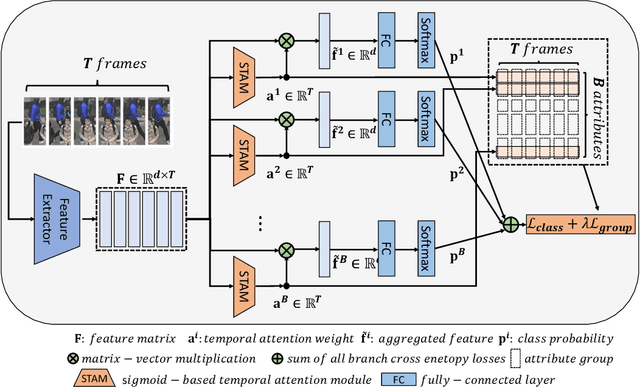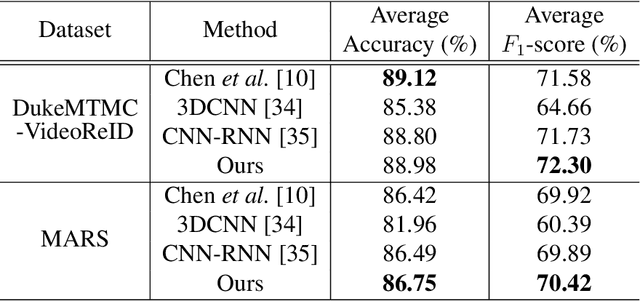Geonu Lee
Semi-Supervised Domain Adaptation for Wildfire Detection
Apr 02, 2024



Abstract:Recently, both the frequency and intensity of wildfires have increased worldwide, primarily due to climate change. In this paper, we propose a novel protocol for wildfire detection, leveraging semi-supervised Domain Adaptation for object detection, accompanied by a corresponding dataset designed for use by both academics and industries. Our dataset encompasses 30 times more diverse labeled scenes for the current largest benchmark wildfire dataset, HPWREN, and introduces a new labeling policy for wildfire detection. Inspired by CoordConv, we propose a robust baseline, Location-Aware Object Detection for Semi-Supervised Domain Adaptation (LADA), utilizing a teacher-student based framework capable of extracting translational variance features characteristic of wildfires. With only using 1% target domain labeled data, our framework significantly outperforms our source-only baseline by a notable margin of 3.8% in mean Average Precision on the HPWREN wildfire dataset. Our dataset is available at https://github.com/BloomBerry/LADA.
Robust Pedestrian Attribute Recognition Using Group Sparsity for Occlusion Videos
Oct 17, 2021



Abstract:Occlusion processing is a key issue in pedestrian attribute recognition (PAR). Nevertheless, several existing video-based PAR methods have not yet considered occlusion handling in depth. In this paper, we formulate finding non-occluded frames as sparsity-based temporal attention of a crowded video. In this manner, a model is guided not to pay attention to the occluded frame. However, temporal sparsity cannot include a correlation between attributes when occlusion occurs. For example, "boots" and "shoe color" cannot be recognized when the foot is invisible. To solve the uncorrelated attention issue, we also propose a novel group sparsity-based temporal attention module. Group sparsity is applied across attention weights in correlated attributes. Thus, attention weights in a group are forced to pay attention to the same frames. Experimental results showed that the proposed method achieved a higher F1-score than the state-of-the-art methods on two video-based PAR datasets and five occlusion scenarios.
 Add to Chrome
Add to Chrome Add to Firefox
Add to Firefox Add to Edge
Add to Edge